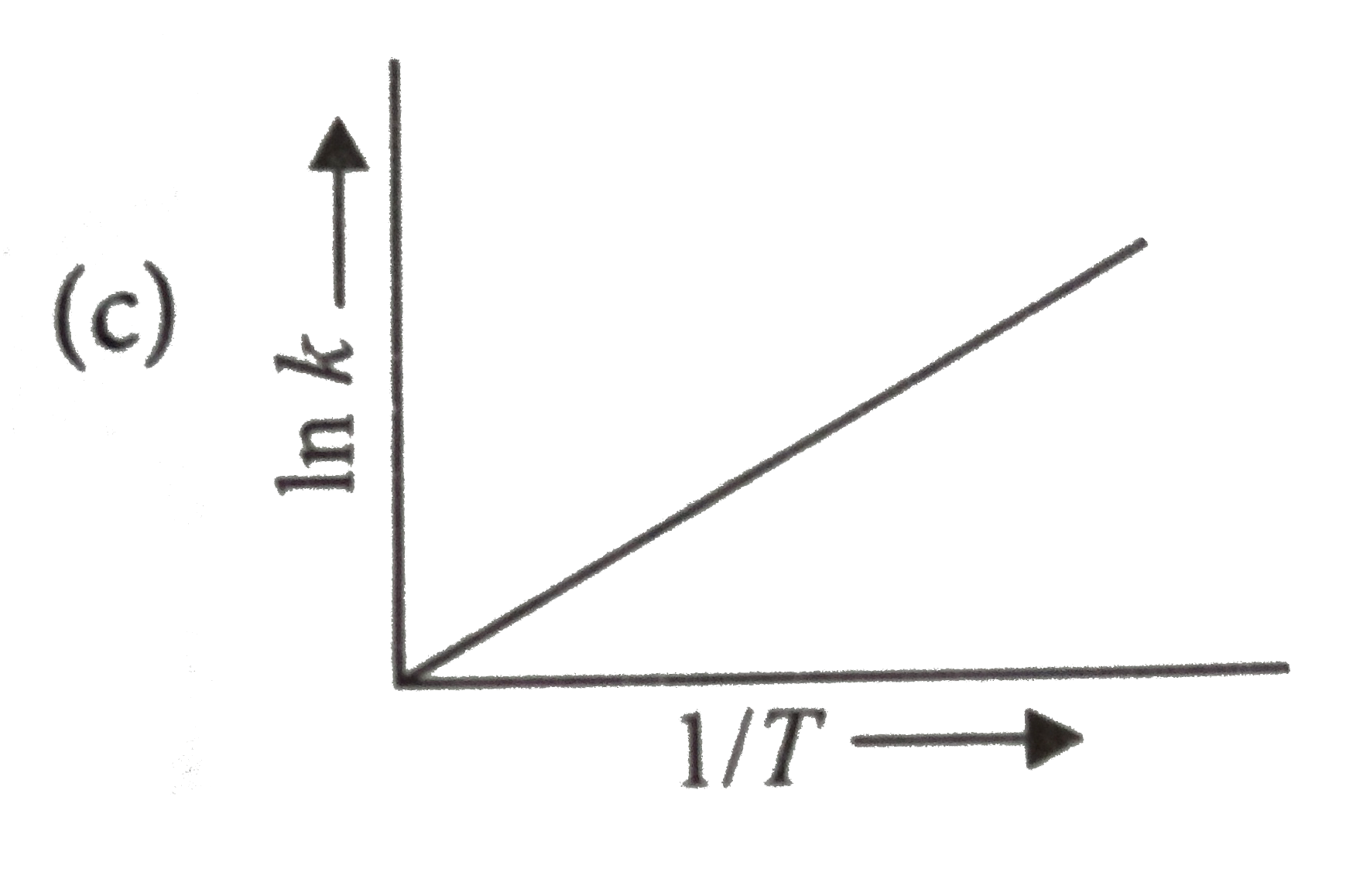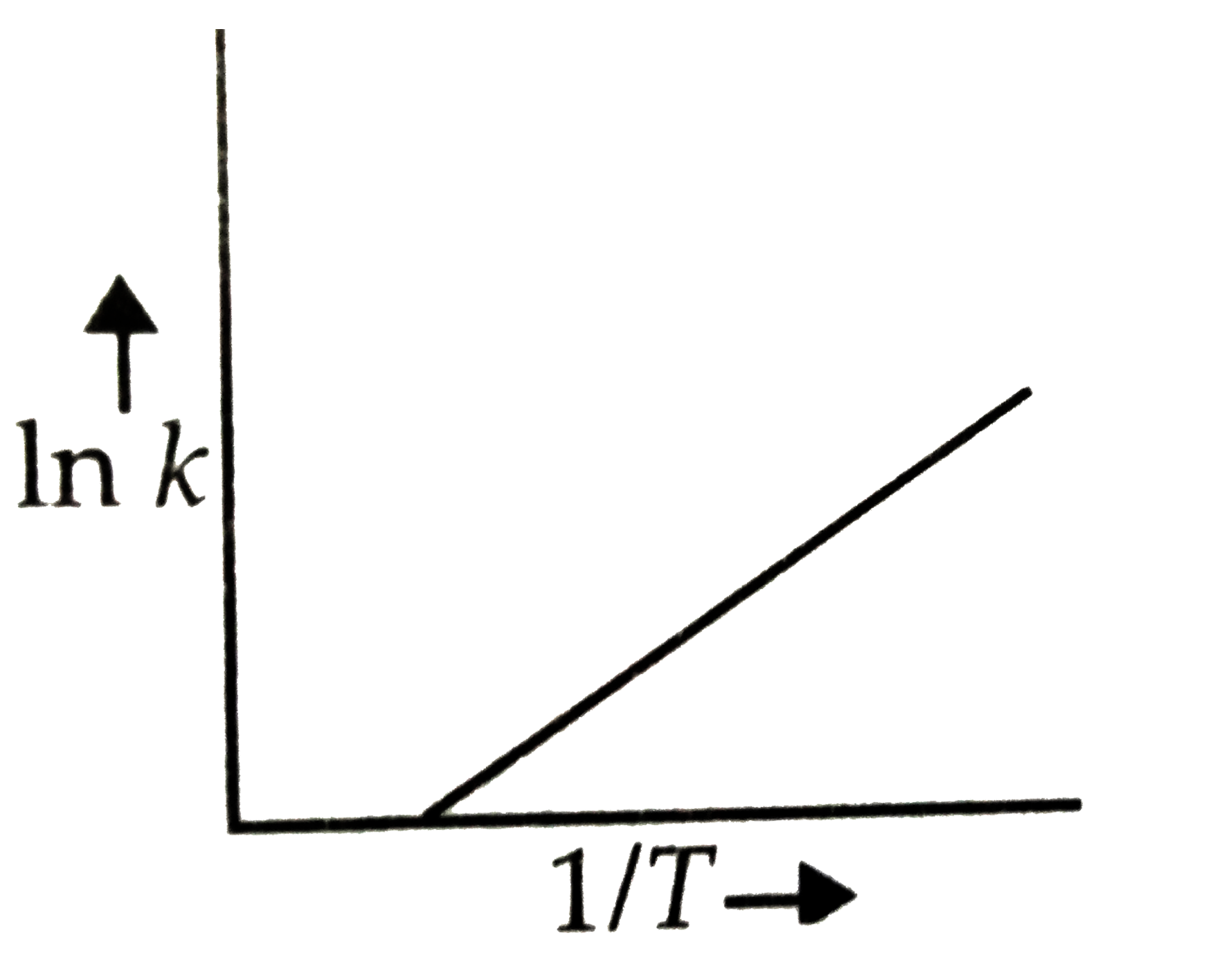For a reaction, the rate constant is expressed as k=Ae−40000/T. The energy of the activation is
40000cal
88000cal
80000cal
8000cal
The correct Answer is:C
k=Ae−Ea/RT
∴−EaR=−40000
∴Ea=40000×2=80000cal
Topper's Solved these Questions
- CHEMICAL KINETICSBook:CENGAGE CHEMISTRY ENGLISHChapter:CHEMICAL KINETICSExercise:Exercises Assertion-Reasoning
Explore 22 Videos
- CHEMICAL KINETICSBook:CENGAGE CHEMISTRY ENGLISHChapter:CHEMICAL KINETICSExercise:Exercises Integer
Explore 15 Videos
- CHEMICAL KINETICSBook:CENGAGE CHEMISTRY ENGLISHChapter:CHEMICAL KINETICSExercise:Exercises Multiple Correct
Explore 33 Videos
- CARBOXYLIC ACIDS AND THEIR DERIVATIVESBook:CENGAGE CHEMISTRY ENGLISHChapter:CARBOXYLIC ACIDS AND THEIR DERIVATIVESExercise:Exercises Archives (Analytical And Descriptive)
Explore 34 Videos
- COORDINATION COMPOUNDSBook:CENGAGE CHEMISTRY ENGLISHChapter:COORDINATION COMPOUNDSExercise:Archives Subjective
Explore 18 Videos
Similar Questions
Rate constant for a chemical reaction taking place at 500K is expressed as K=A.e−1000 The activation energy of the reaction is :
View SolutionThe temperature dependence of the rate constant k is expressed as k=Ae−Ea/RT
When a plot between logk and 1/T is plotted we get the graph as shown.

What is the value of slopw in the graph?
View Solution
Knowledge Check
According to Arrhenius equation rate constant k is equal to Ae−Ea/RT. Which of the following option. Represents the graph of ln k us 1T?
A B
B C
C D
D
According to Arrhenius equation rate constant k is equal to Ae−Ea/RT. Which of the following option. Represents the graph of ln k us 1T?
A B
B C
C D
D
The rate of a reaction depends upon the temperature and is quantitatively expressed as
k=Ae−EaRT
i) If a graph is plotted between log k and 1/T, write the expression for the slope of the reaction?
ii) If at under different conditions Ea1andEa2 are the activation energy of two reactions. If Ea1=40J/mol andEa2=80J/ mol. Which of the two has a larger value of the rate constant?
View SolutionThe rate constant for the decompoistion of a certain reaction is described by the equation:
logk(s−1)=14−1.25×104KT
What is the effect on the rate of reaction at 127∘C, if in the presence of catalyst, energy of activation is lowered by 10kJmol−1?
View SolutionWill the rate constant of the reaction depend upon T if the Eact (activation energy) of the reaction is zero?
View SolutionThe slope of the line in the graph of logk (k = rate constant) versus 1T for a reaction is - 5841 K. Calculate the energy of activation for this reaction. [R=8.314JK−1mol−]
View SolutionThe slope of the line in the graph of logk (k = rate constant) versus 1T for a reaction is - 5841 K. Calculate the energy of activation for this reaction. [R=8.314JK−1mol−]
View SolutionThe slope of the line in the graph of logk (k = rate constant) versus 1T for a reaction is - 5841 K. Calculate the energy of activation for this reaction. [R=8.314JK−1mol−]
View Solution
